How to clean sterling silver
Cleaning sterling silver is essential to maintain its shine and beauty. Over time, sterling silver can tarnish and lose its luster, but with the right tools and methods, you can easily restore its brilliance. In this article, we will discuss the importance of understanding sterling silver, the necessary tools and materials for cleaning, various cleaning methods, and tips for preventing tarnish. By following these guidelines, you can keep your sterling silver jewelry and items looking as good as new.
Key Takeaways
- Sterling silver is an alloy made of 92.5% silver and 7.5% other metals.
- Sterling silver is more durable and resistant to scratches compared to pure silver.
- Soft microfiber cloths and mild dish soap are gentle cleaning tools for sterling silver.
- Baking soda can be used to remove tarnish from sterling silver.
- Regular cleaning and proper storage are essential for preventing tarnish on sterling silver.
Understanding Sterling Silver
What is Sterling Silver?
Sterling silver is a popular material used in jewelry and other decorative items. It is an alloy made up of 92.5% silver and 7.5% other metals, usually copper. This combination gives sterling silver its durability and strength while still maintaining the beautiful shine and luster of silver. The 925 mark is often stamped on sterling silver to indicate its purity. It is important to note that sterling silver is different from pure silver, which is 99.9% silver and is too soft for most practical uses.
How is Sterling Silver Different from Pure Silver?
Sterling silver, unlike pure silver, is an alloy made up of 92.5% silver and 7.5% other metals, usually copper. The addition of these other metals gives sterling silver its renowned durability and strength, making it ideal for jewelry and various household items. Pure silver, on the other hand, is softer and more prone to damage and wear.
Here's a quick comparison of the two:
| Sterling Silver | Pure Silver | |
|---|---|---|
| Silver Content | 92.5% | 99.9% |
| Durability | More durable | Less durable |
| Price | Less expensive | More expensive |
Tip: When buying sterling silver, look for the '925' hallmark which indicates its authenticity.
While pure silver has a higher silver content, its softness makes it less practical for everyday use. Sterling silver, with its added durability, is a more popular choice for items that need to withstand regular wear and tear.
Cleaning Tools and Materials
Soft Microfiber Cloth
When it comes to cleaning sterling silver, a soft microfiber cloth is an essential tool. The gentle fibers of the cloth help to remove dirt and grime without scratching the surface of the silver. To clean your silver, simply use the cloth to gently buff the surface in a back-and-forth motion. The softness of the cloth ensures that your silver remains shiny and free from scratches.
Using a soft microfiber cloth is especially important for delicate silver pieces, such as jewelry or intricate silverware. The cloth's fine fibers can reach into small crevices and corners, ensuring a thorough clean. Remember to avoid using abrasive materials, such as paper towels or rough fabrics, as they can cause damage to the silver.
In addition to cleaning, a soft microfiber cloth can also be used for regular maintenance to keep your sterling silver looking its best. Simply give your silver a quick buff with the cloth to remove any fingerprints or smudges. With proper care and the use of a soft microfiber cloth, your sterling silver will maintain its beauty for years to come.
Mild Dish Soap
When using mild dish soap to clean sterling silver, it is important to follow a few simple steps. First, fill a bowl with warm water and add a small amount of dish soap. Gently stir the mixture to create a soapy solution. Next, place the silver items in the bowl and let them soak for a few minutes. After soaking, use a soft microfiber cloth or a toothbrush to gently scrub the silver, paying extra attention to any tarnished areas. Rinse the silver thoroughly with clean water and dry it with a soft cloth. Remember to avoid using abrasive materials or scrubbing too vigorously, as this can damage the silver. Finally, store the cleaned silver in a dry and tarnish-resistant container to prevent future tarnishing.
Here are some additional tips to keep in mind when using mild dish soap:
- Use a mild dish soap that does not contain harsh chemicals or abrasives.
- Avoid using hot water, as it can cause the silver to tarnish more quickly.
- If the tarnish is stubborn, you can repeat the cleaning process or try using a specialized silver cleaning product.
Remember, regular cleaning with mild dish soap can help maintain the beauty and shine of your sterling silver jewelry and other items.
Baking Soda
Baking soda is a versatile cleaning agent that can be used to remove tarnish from sterling silver. To clean your silver using baking soda, you can create a paste by mixing baking soda with water until it forms a thick consistency. Apply the paste to the silver using a soft cloth or a toothbrush, gently rubbing it in circular motions. Rinse the silver thoroughly with water and dry it with a clean cloth. Baking soda is a gentle option for cleaning silver, but it may not be suitable for heavily tarnished pieces. In such cases, you may need to use a silver dip solution or seek professional cleaning services.
Here is a simple table that summarizes the steps for cleaning silver with baking soda:
| Steps |
|---|
| Create a paste by mixing baking soda with water |
| Apply the paste to the silver using a soft cloth or toothbrush |
| Gently rub the paste in circular motions |
| Rinse the silver thoroughly with water |
| Dry the silver with a clean cloth |
Remember to always exercise caution when cleaning your sterling silver and test any cleaning method on a small, inconspicuous area first. If you have any doubts or concerns, it's best to consult a professional jeweler for advice.
Tip: Avoid using baking soda on silver pieces with gemstones or delicate decorative elements, as it may cause damage.
Toothbrush
When using a toothbrush to clean sterling silver, it's important to choose a soft-bristled toothbrush to avoid scratching the surface. Gently scrub the silver with a small amount of mild dish soap and water, using circular motions. Be sure to reach all the crevices and intricate details of the silver. Rinse the silver thoroughly with clean water to remove any soap residue. Pat dry with a soft microfiber cloth to prevent water spots. Avoid using a toothbrush with hard bristles or abrasive toothpaste, as they can damage the silver.
Silver Polishing Cloth
A silver polishing cloth is an essential tool for maintaining the shine and luster of your sterling silver. It is made of a special fabric that is designed to gently remove tarnish and restore the brilliance of your silver. To use a silver polishing cloth, simply rub the cloth gently over the surface of your silver, using back and forth motions. The cloth will effectively remove tarnish and bring out the natural shine of your silver.
Using a silver polishing cloth is a convenient and effective way to keep your sterling silver looking its best. It is a quick and easy method that can be done anytime your silver starts to lose its shine. Keep a silver polishing cloth handy and use it regularly to prevent tarnish and maintain the beauty of your sterling silver jewelry, flatware, and other silver items.
Cleaning Methods
Hand Cleaning with Soap and Water
To clean sterling silver using soap and water, follow these steps:
- Fill a small bowl with warm water.
- Add a few drops of mild dish soap to the water and mix well.
- Place the silver items in the soapy water and let them soak for a few minutes.
- Gently scrub the silver items with a soft toothbrush to remove any dirt or tarnish.
- Rinse the silver items thoroughly with clean water.
- Dry the silver items with a soft microfiber cloth to prevent water spots.
Remember to avoid using abrasive materials or harsh chemicals, as they can damage the silver. Regular cleaning with soap and water can help maintain the shine and luster of your sterling silver jewelry and other items.
Baking Soda Paste Method
To clean sterling silver using the baking soda paste method, you will need a few simple ingredients:
- Baking soda
- Water
- Soft cloth
Follow these steps to clean your silver:
- Create a paste by mixing baking soda with a small amount of water until it forms a thick consistency.
- Apply the paste to the silver using a soft cloth, gently rubbing it in a circular motion.
- Rinse the silver thoroughly with water to remove any residue.
- Dry the silver with a clean, soft cloth.
Important Tip: Avoid using abrasive materials, such as scrub brushes or toothpaste, as they can scratch the surface of the silver.
Using the baking soda paste method is an effective and gentle way to remove tarnish from your sterling silver jewelry and other items.
Using a Silver Dip Solution
When using a silver dip solution to clean your sterling silver, it's important to follow the instructions carefully. Here are some tips to keep in mind:
- Submerge the silver in the dip solution for the recommended amount of time. This will help remove tarnish and restore the shine.
- Avoid using a silver dip solution on delicate or gemstone-adorned silver pieces, as it may damage them.
- After removing the silver from the solution, rinse it thoroughly with water to remove any residue.
Remember, a silver dip solution can be a convenient and effective way to clean your sterling silver, but it's important to use it correctly and with caution.
Polishing with a Silver Polishing Cloth
To achieve a brilliant shine on your sterling silver, use a silver polishing cloth. These specially designed cloths are made with microfiber material that is gentle on the surface of the silver while effectively removing tarnish and restoring its luster.
When using a silver polishing cloth, follow these steps:
- Gently rub the cloth on the silver surface in a back-and-forth motion. Avoid applying too much pressure to prevent scratching.
- Pay extra attention to intricate details or hard-to-reach areas by using a toothbrush or a soft-bristled brush.
- Continue polishing until the desired shine is achieved.
Remember, a silver polishing cloth is a convenient and effective tool for maintaining the beauty of your sterling silver jewelry and other items. Keep one handy for regular touch-ups and quick cleaning sessions.
Tip: Avoid using the same cloth for different metals to prevent cross-contamination and potential damage to your silver.
Preventing Tarnish
Proper Storage
When it comes to storing your sterling silver, there are a few key points to keep in mind:
- Store each piece of silver jewelry separately to prevent scratching.
- Use anti-tarnish strips or pouches to help slow down the tarnishing process.
- Avoid storing your silver in areas with high humidity or extreme temperature fluctuations.
Remember, proper storage is essential for maintaining the beauty and longevity of your sterling silver jewelry.
Avoiding Exposure to Harsh Chemicals
When cleaning sterling silver, it is important to avoid exposing it to harsh chemicals. Harsh chemicals can cause damage to the silver and tarnish its appearance. To protect your sterling silver, follow these tips:
-
Avoid contact with bleach, ammonia, and chlorine: These chemicals can react with the silver and cause discoloration or corrosion. It is best to keep your silver away from any cleaning products that contain these substances.
-
Remove your silver jewelry before swimming or using cleaning products: Chlorinated water and cleaning chemicals can be particularly harmful to sterling silver. Take off your silver jewelry before swimming in a pool or using any cleaning products to prevent damage.
-
Store your silver in a dry and clean environment: Moisture and humidity can accelerate tarnishing. Keep your silver in a dry place, preferably in a jewelry box or a tarnish-resistant pouch.
Remember, taking proper care of your sterling silver and avoiding exposure to harsh chemicals will help maintain its beauty and shine for years to come.
Regular Cleaning and Maintenance
Regular cleaning and maintenance are essential for keeping your sterling silver looking its best. Here are some tips to help you maintain the shine and prevent tarnish:
- Clean your sterling silver regularly to remove any dirt or oils that may accumulate.
- Use a soft microfiber cloth to gently polish the silver and remove any tarnish.
- Avoid using harsh chemicals or abrasive cleaners, as they can damage the silver.
- Store your sterling silver in a cool, dry place to prevent tarnish.
Remember, with proper care and regular cleaning, your sterling silver will continue to shine for years to come!
Conclusion
In conclusion, cleaning sterling silver is a simple process that can help maintain its shine and beauty. By following the steps outlined in this article, you can ensure that your sterling silver jewelry and items stay in excellent condition for years to come. Remember to gently clean your silver, avoiding harsh chemicals and abrasive materials. With regular care and maintenance, your sterling silver will continue to impress and dazzle.
Frequently Asked Questions
How often should I clean my sterling silver?
It is recommended to clean your sterling silver regularly to prevent tarnish. Depending on usage, cleaning every 1-3 months is a good guideline.
Can I use toothpaste to clean sterling silver?
Using toothpaste to clean sterling silver is not recommended as it can be too abrasive and may cause scratches. It is better to use mild dish soap or silver cleaning solutions.
How do I remove tarnish from sterling silver?
To remove tarnish from sterling silver, you can use a baking soda paste method or a silver dip solution. Both methods are effective in restoring the shine to your silver.
Can I clean sterling silver jewelry with gemstones?
Cleaning sterling silver jewelry with gemstones requires extra caution. It is best to consult a professional jeweler or follow the specific cleaning instructions provided by the gemstone manufacturer.
What is the best way to store sterling silver to prevent tarnish?
To prevent tarnish, store your sterling silver in a cool, dry place. Use anti-tarnish strips or pouches to absorb moisture and slow down the tarnishing process.
Can I wear sterling silver in the shower or while swimming?
It is not recommended to wear sterling silver in the shower or while swimming as exposure to water and chemicals can accelerate tarnishing. It is best to remove your silver jewelry before engaging in these activities.
Best Sellers














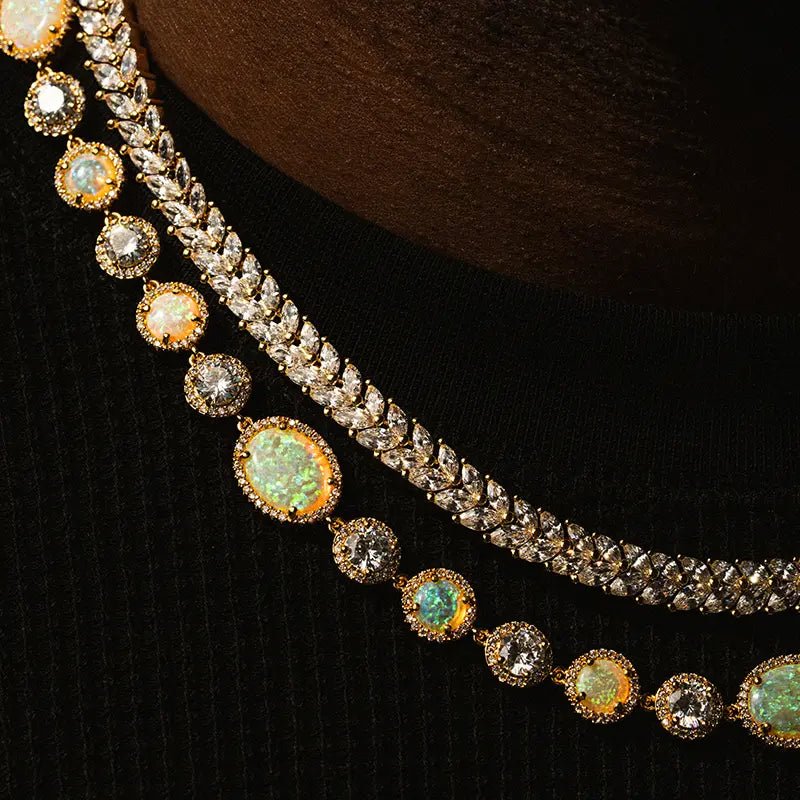
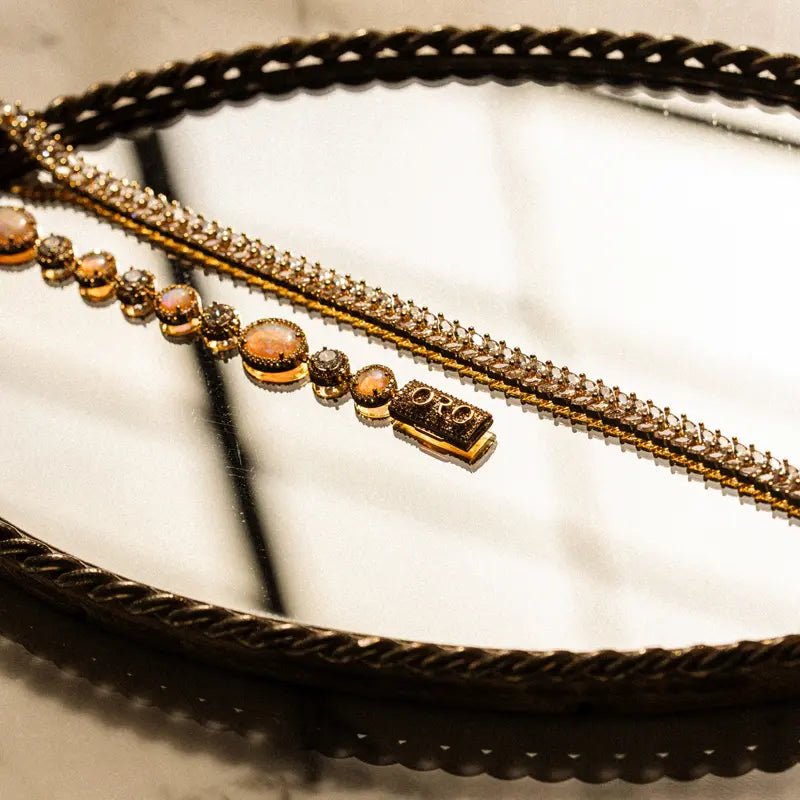
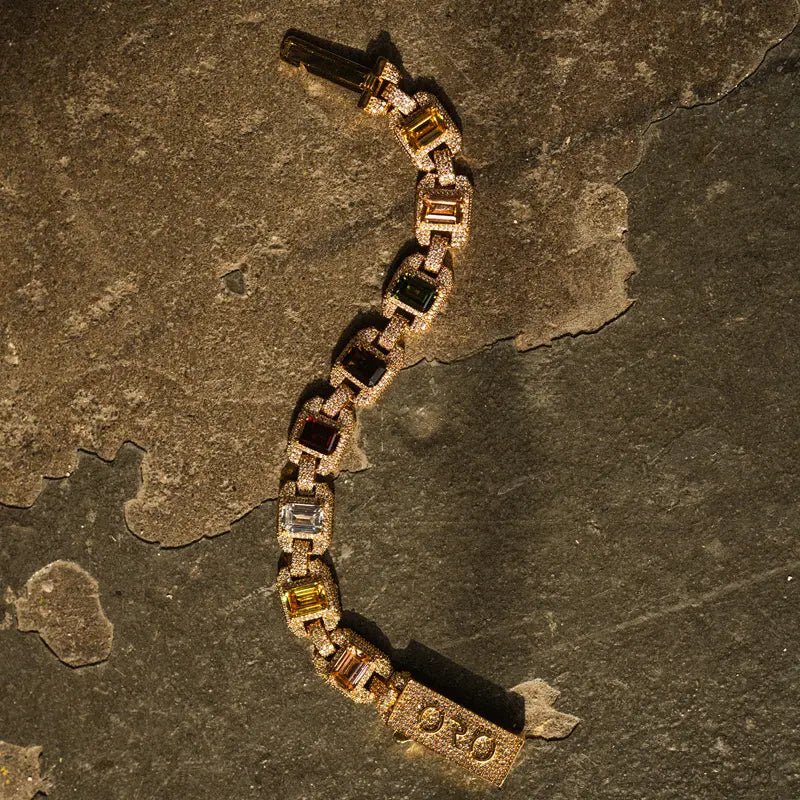
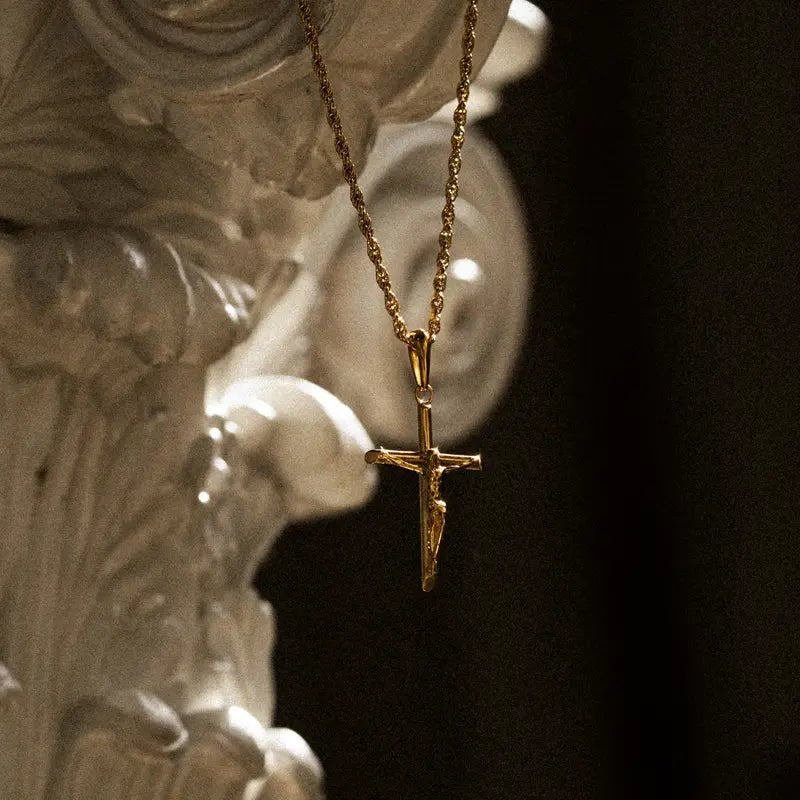



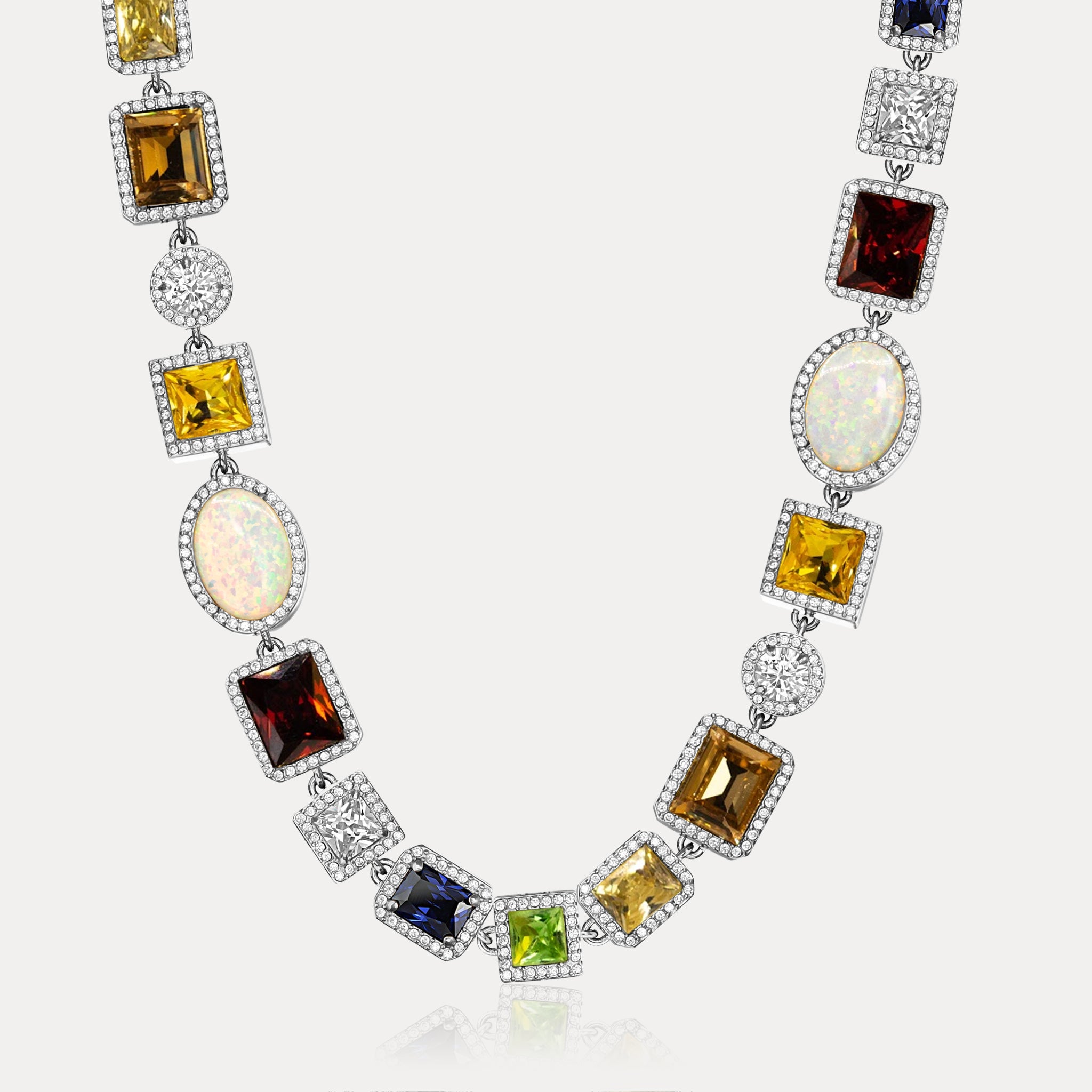
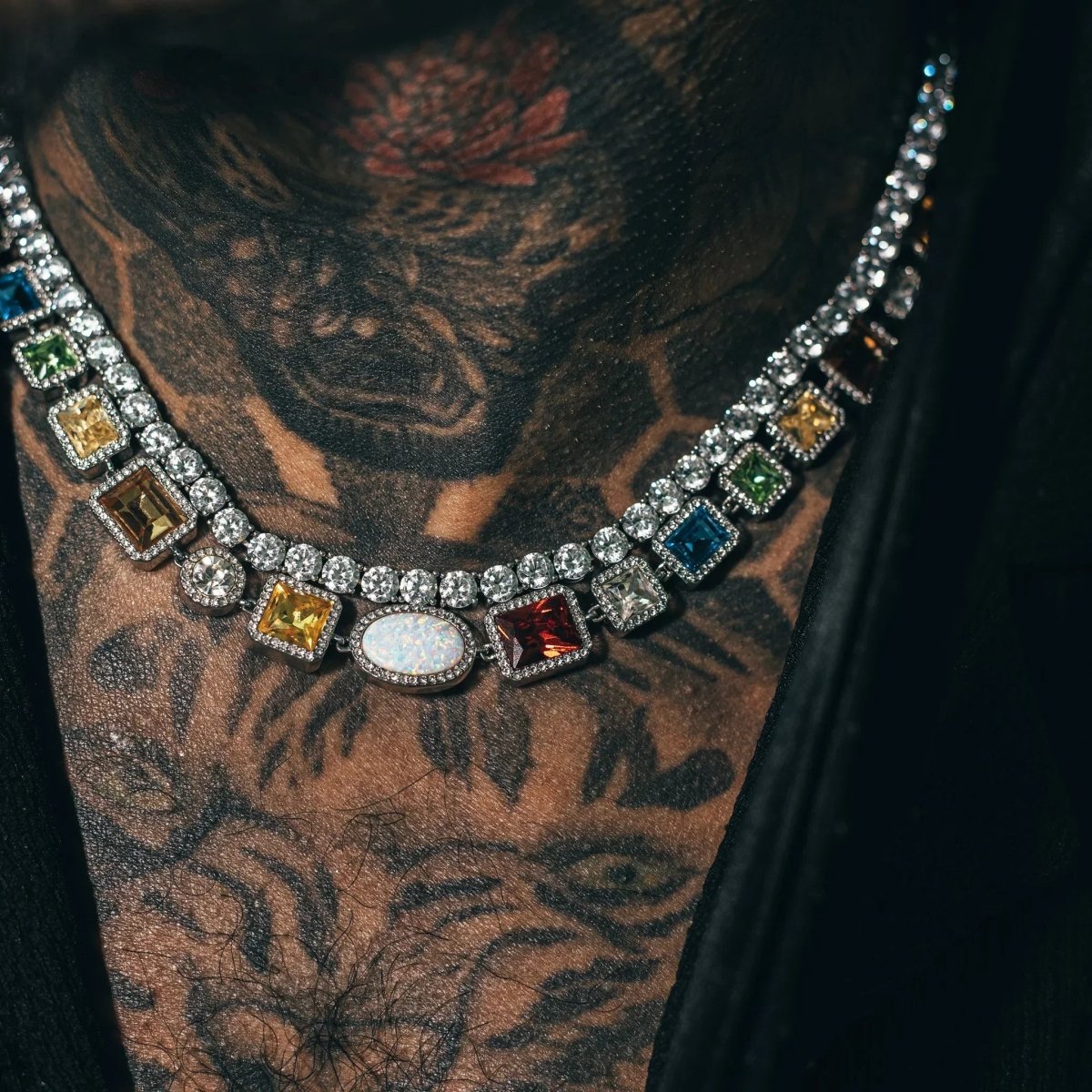
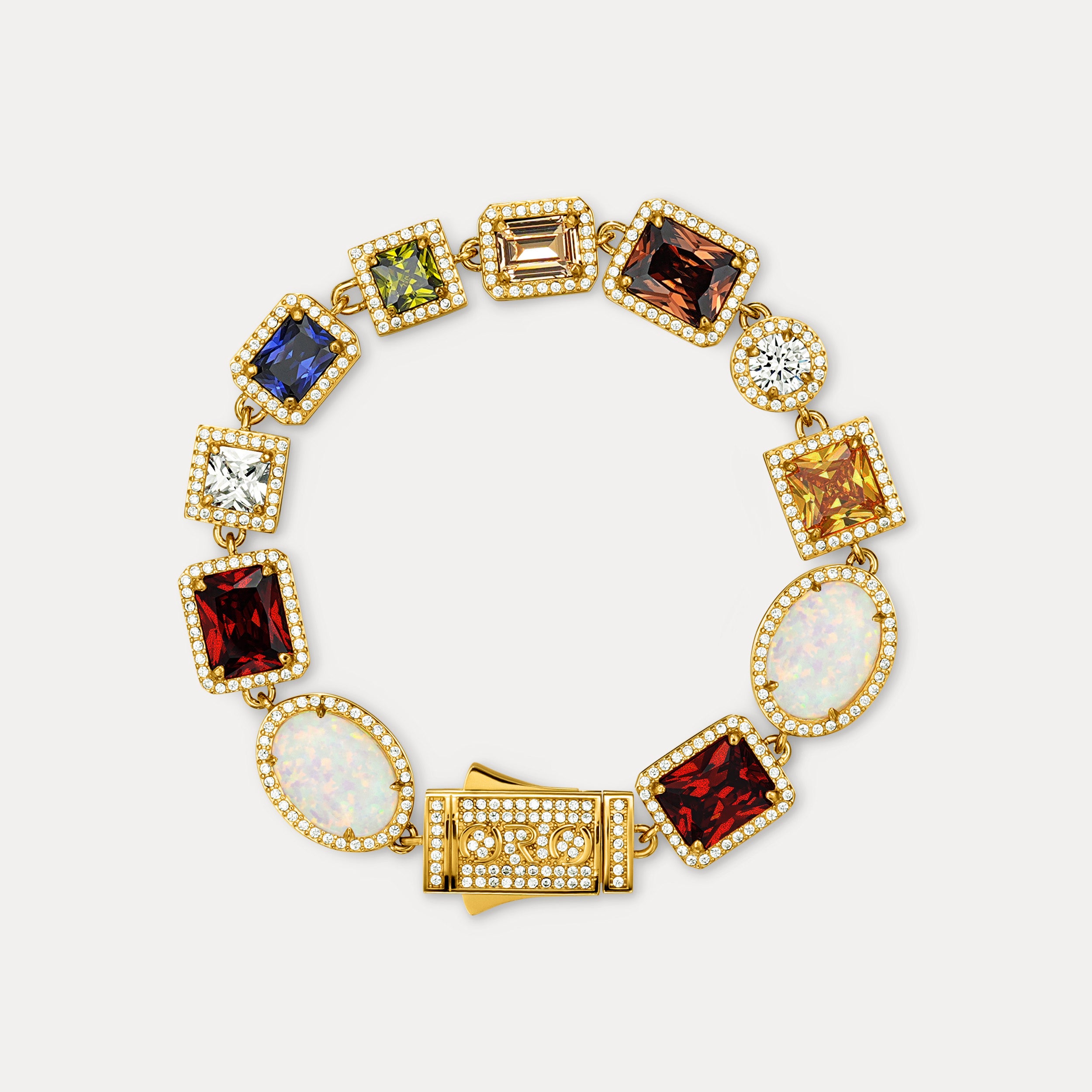

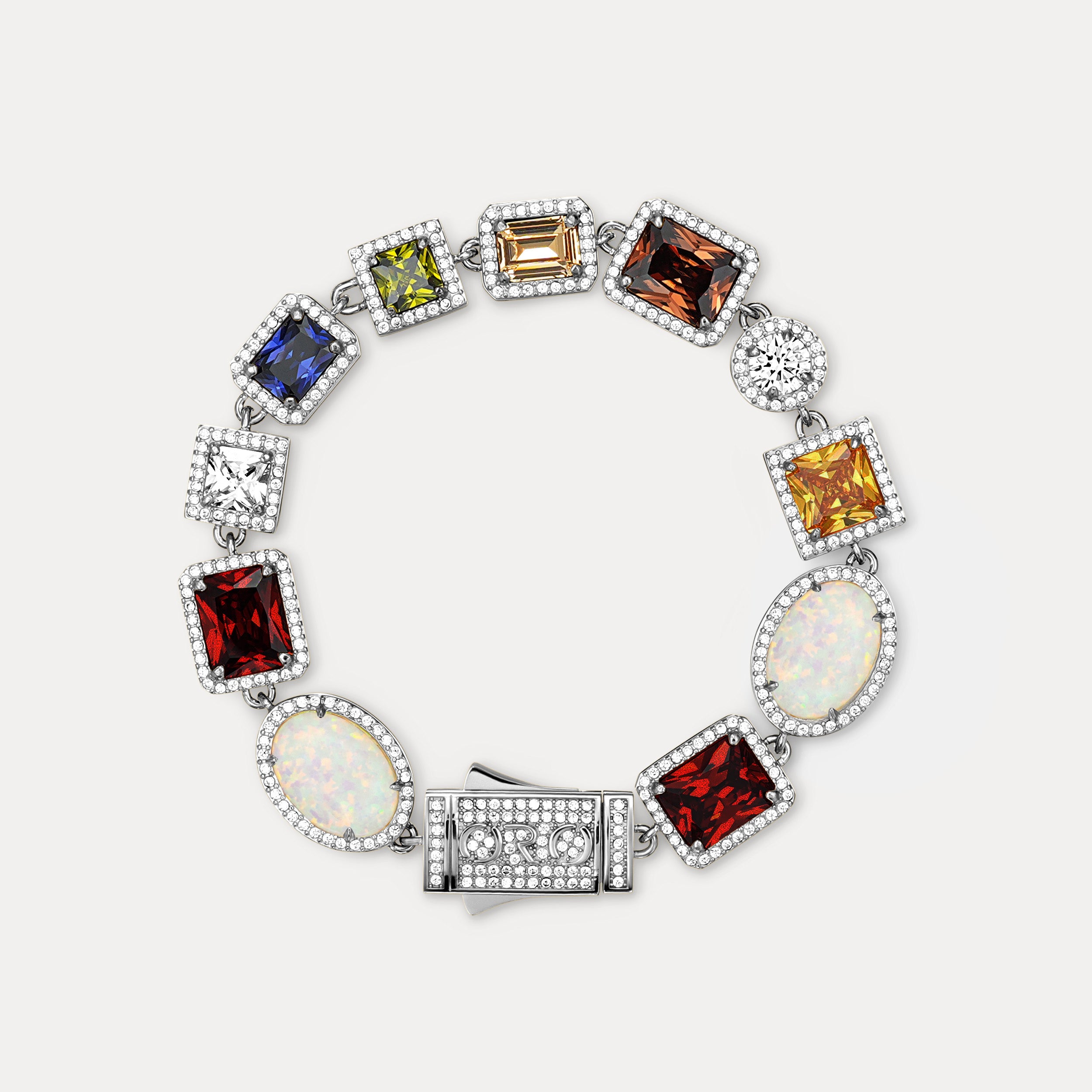
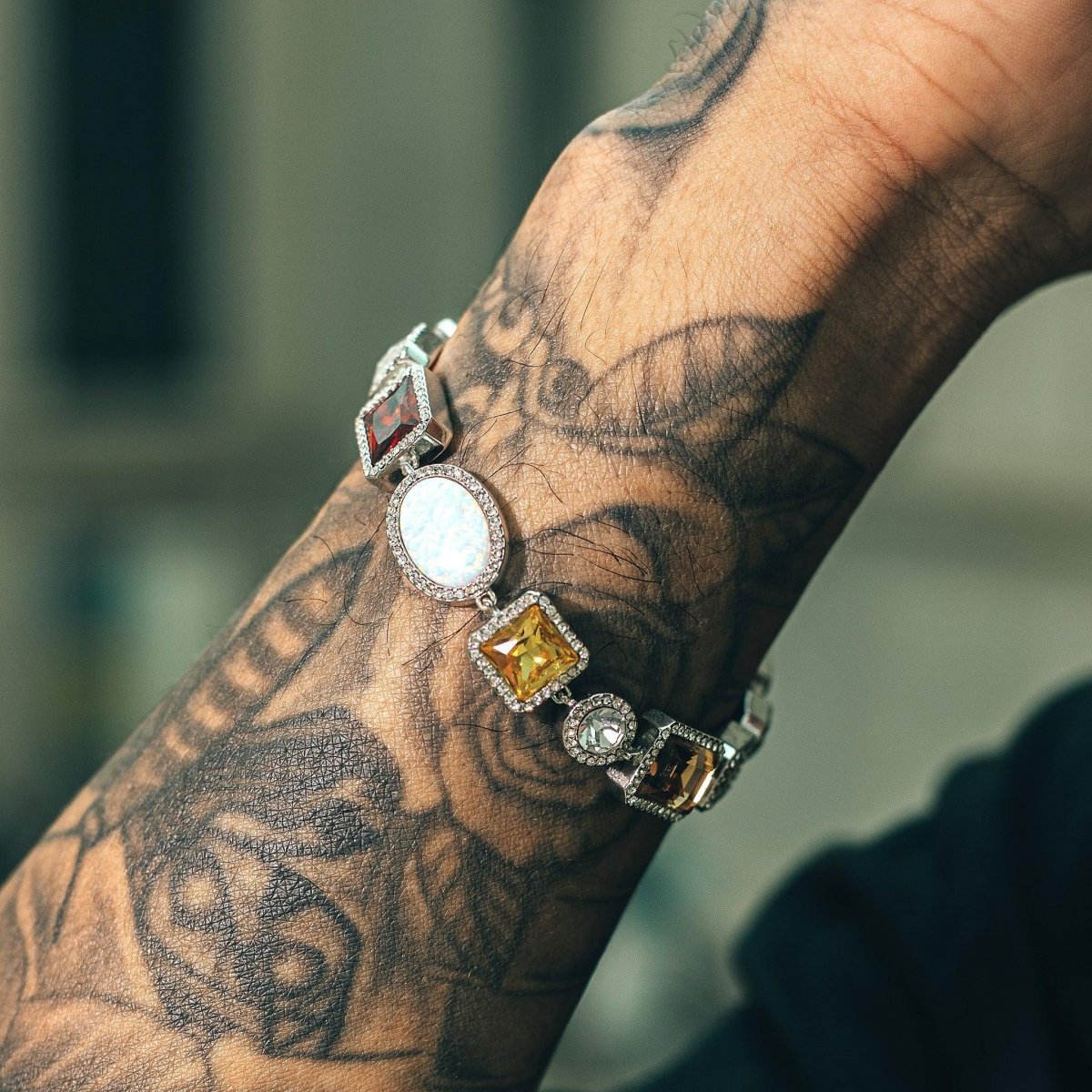
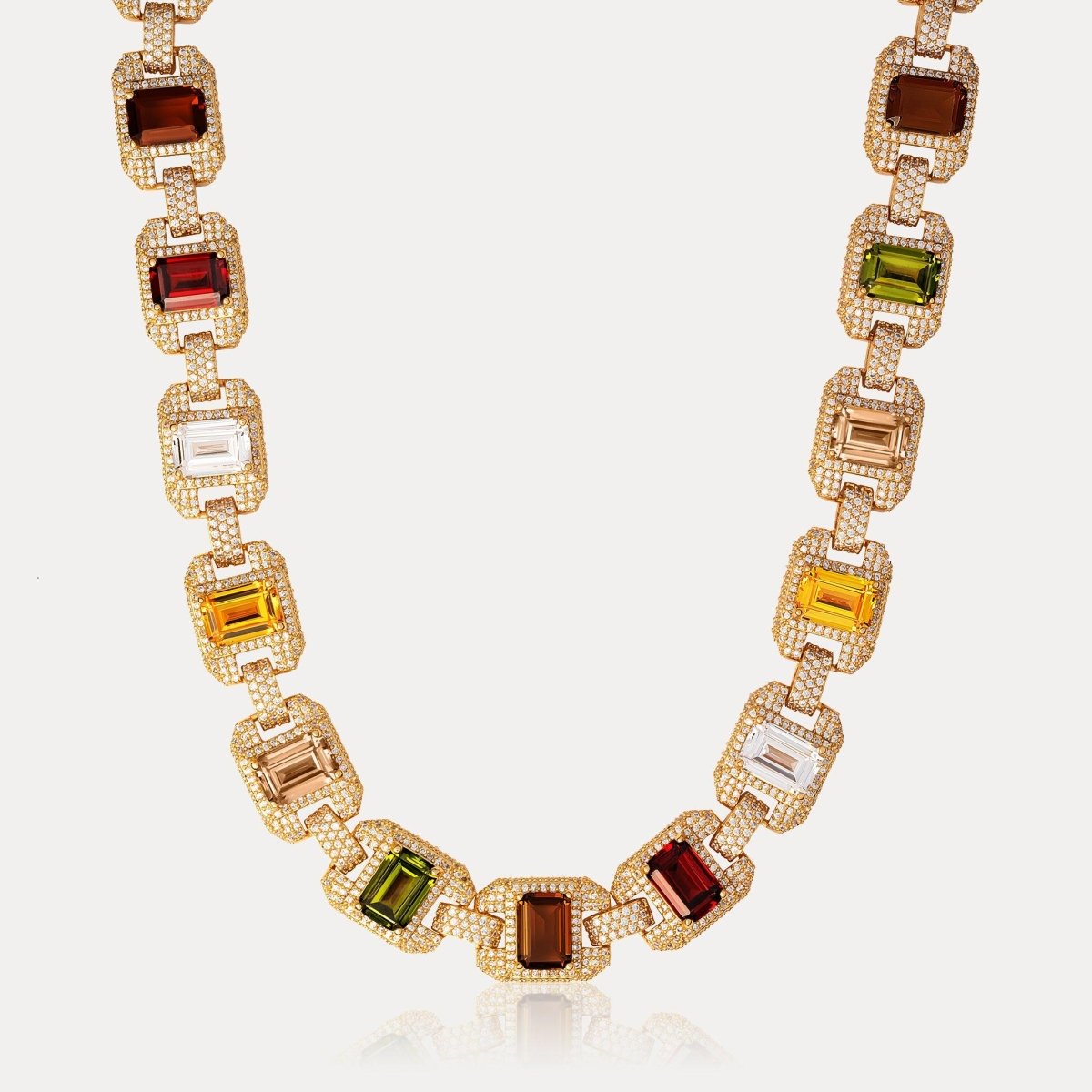
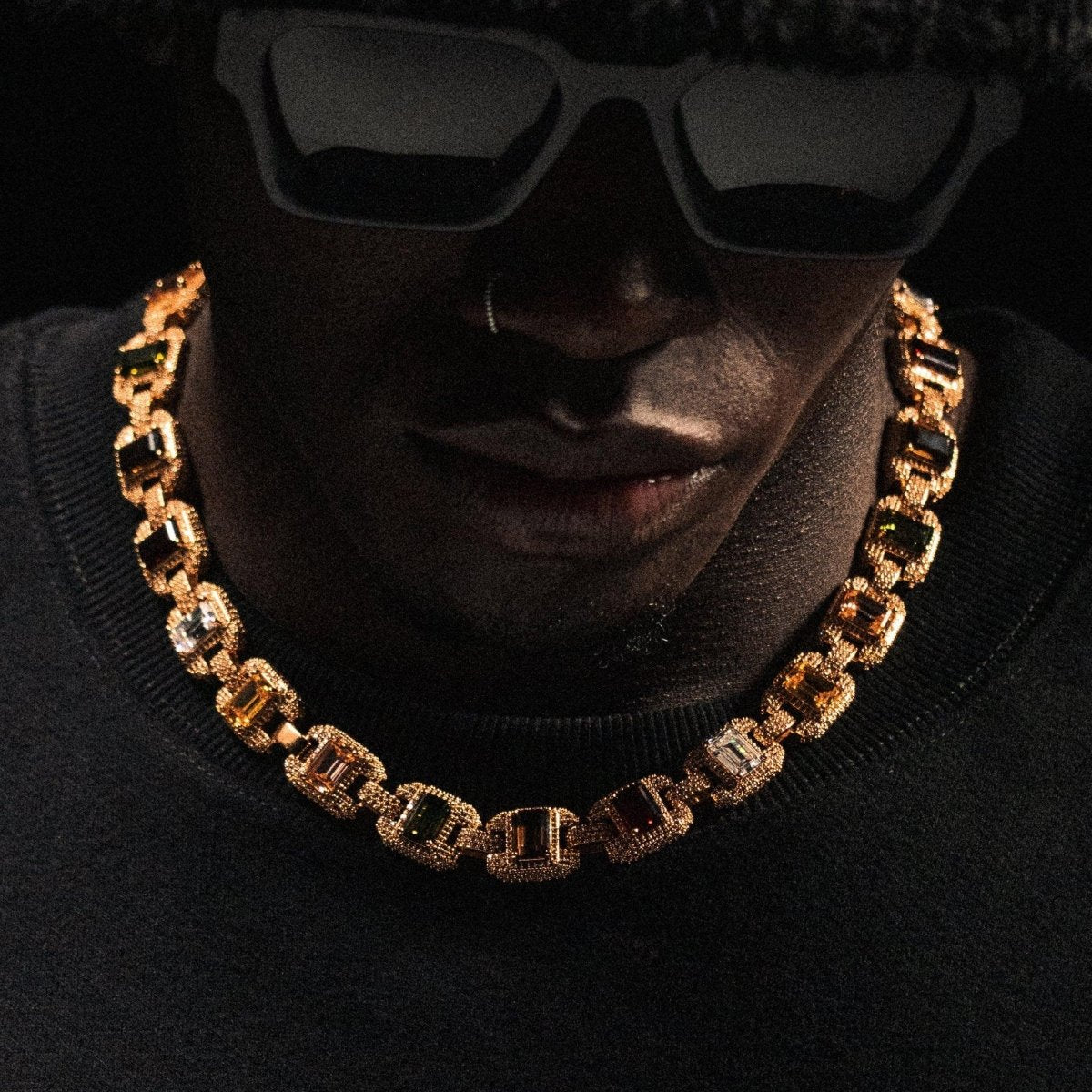


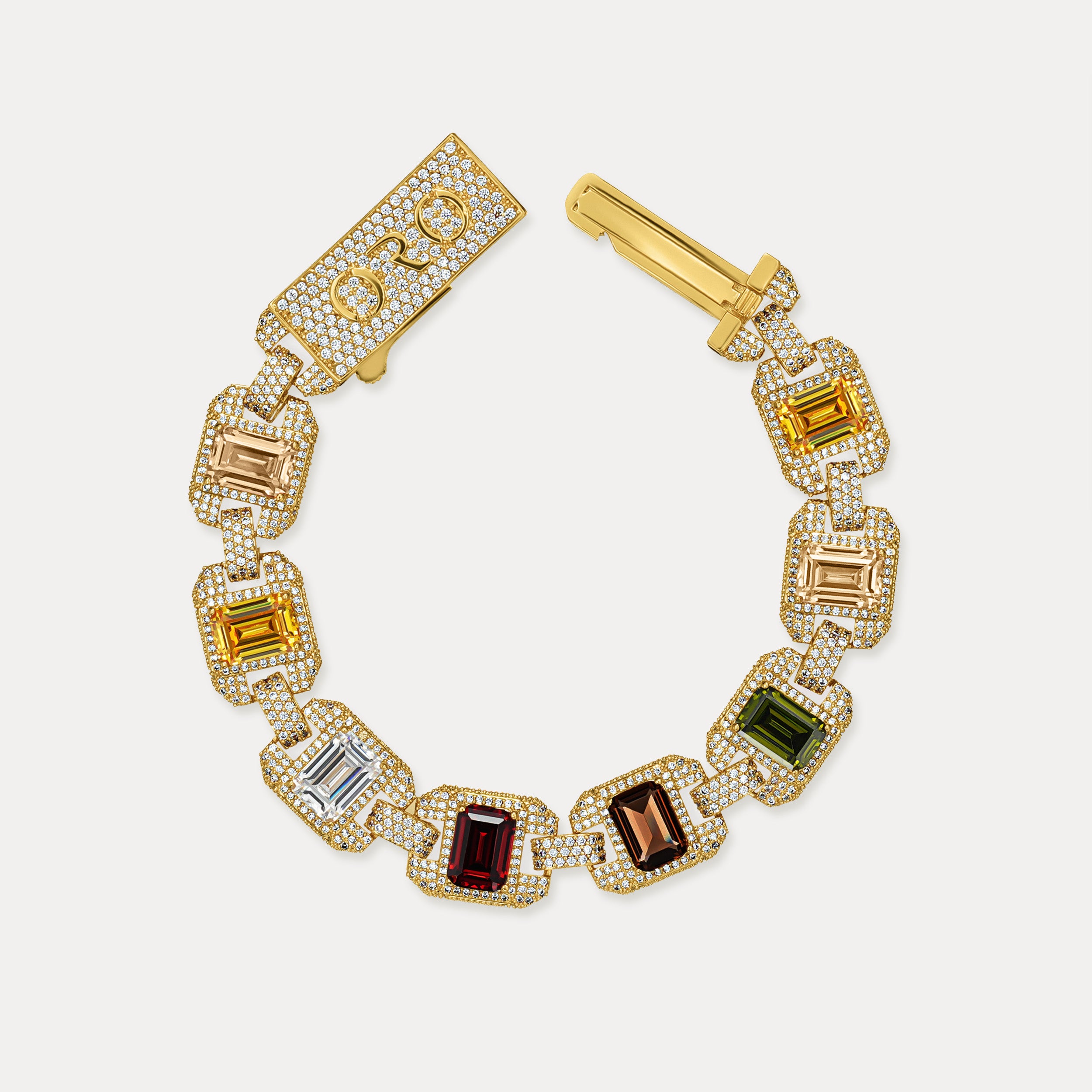

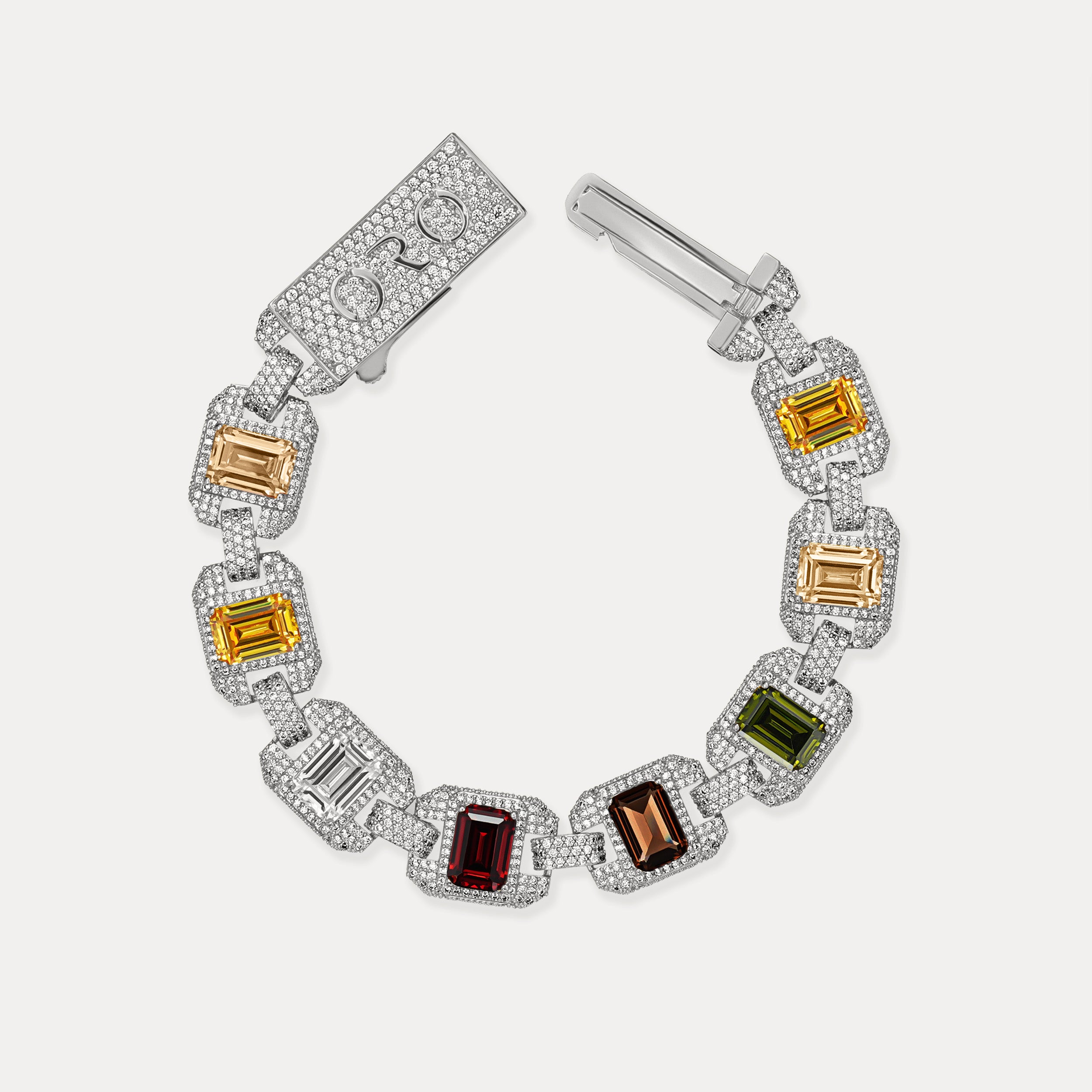

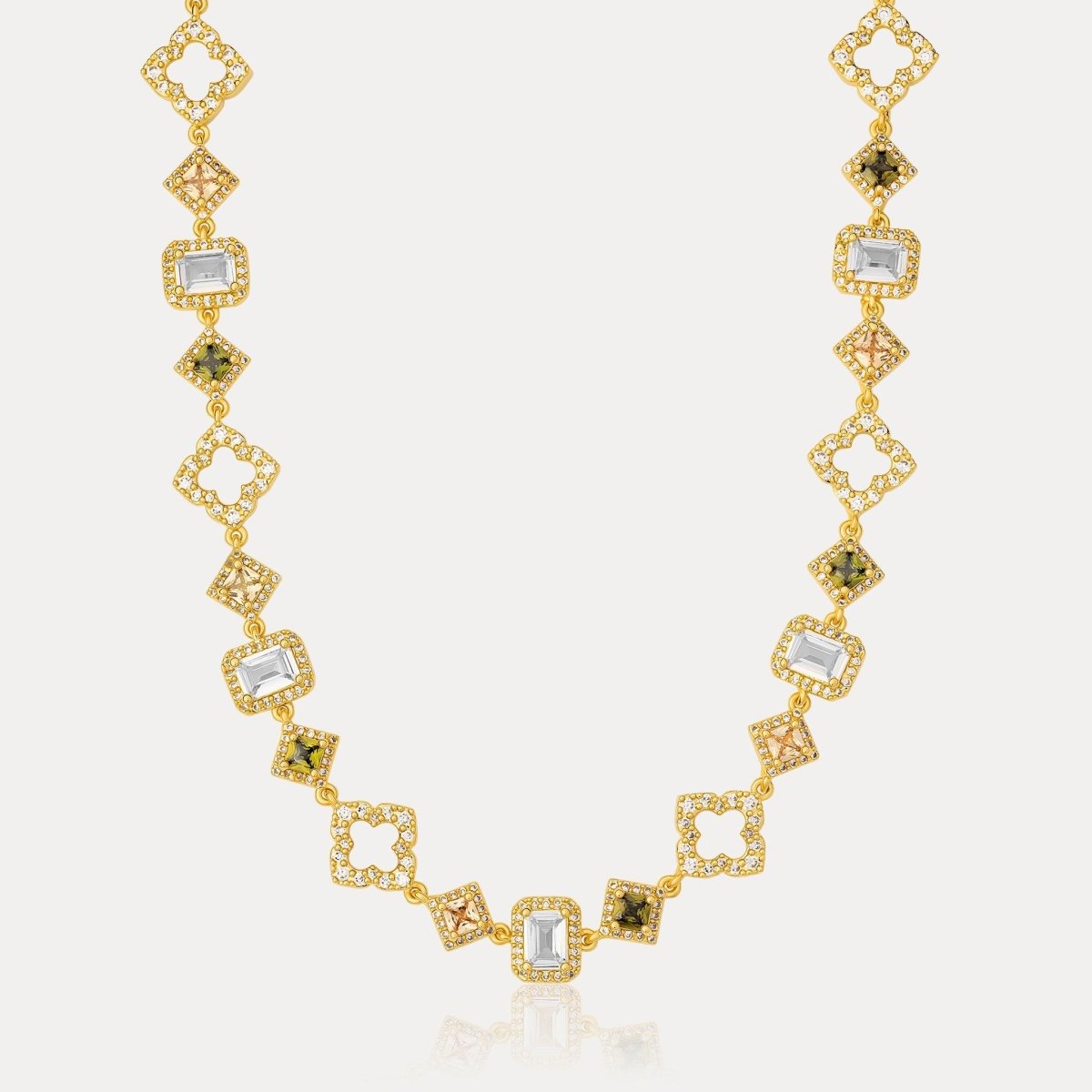
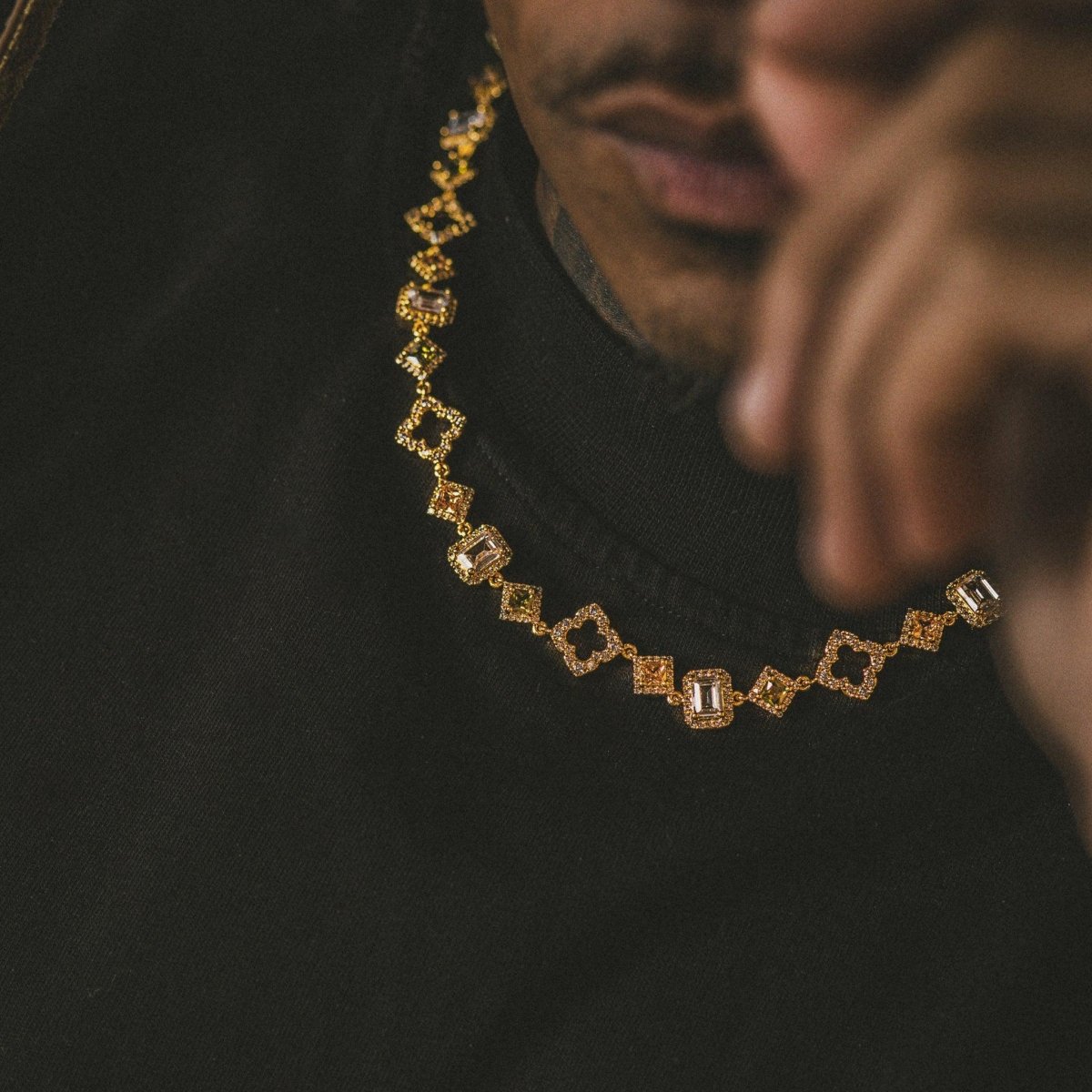
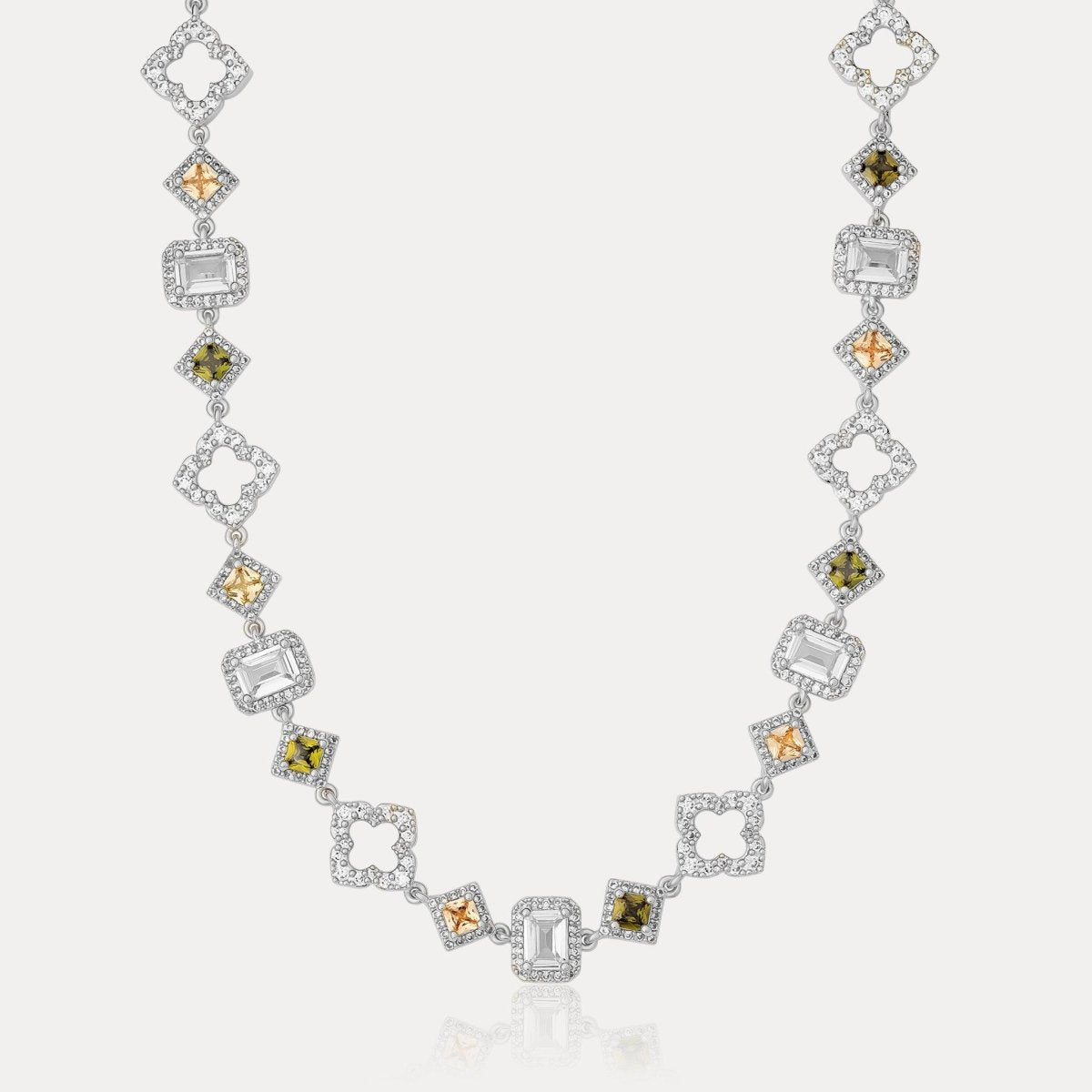


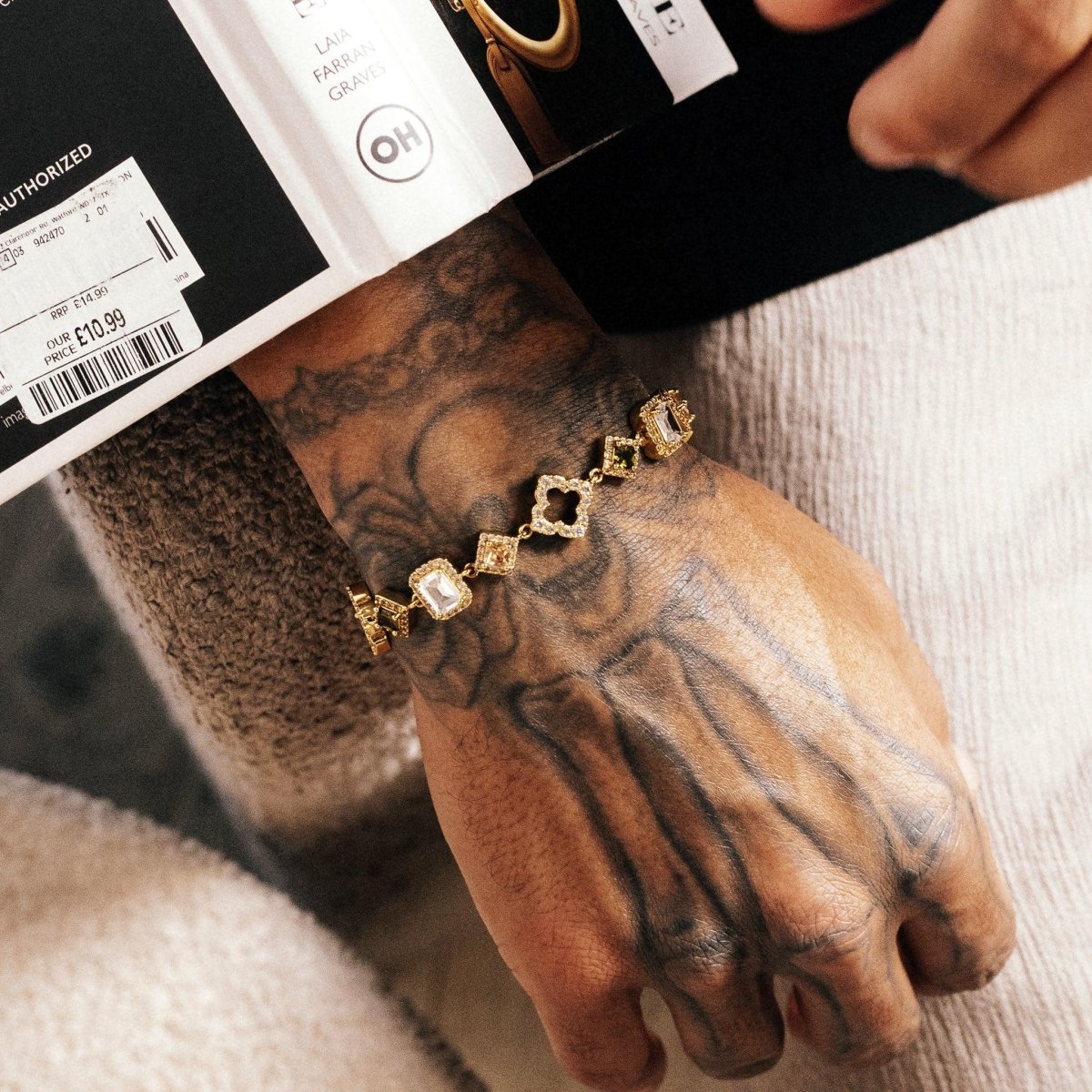

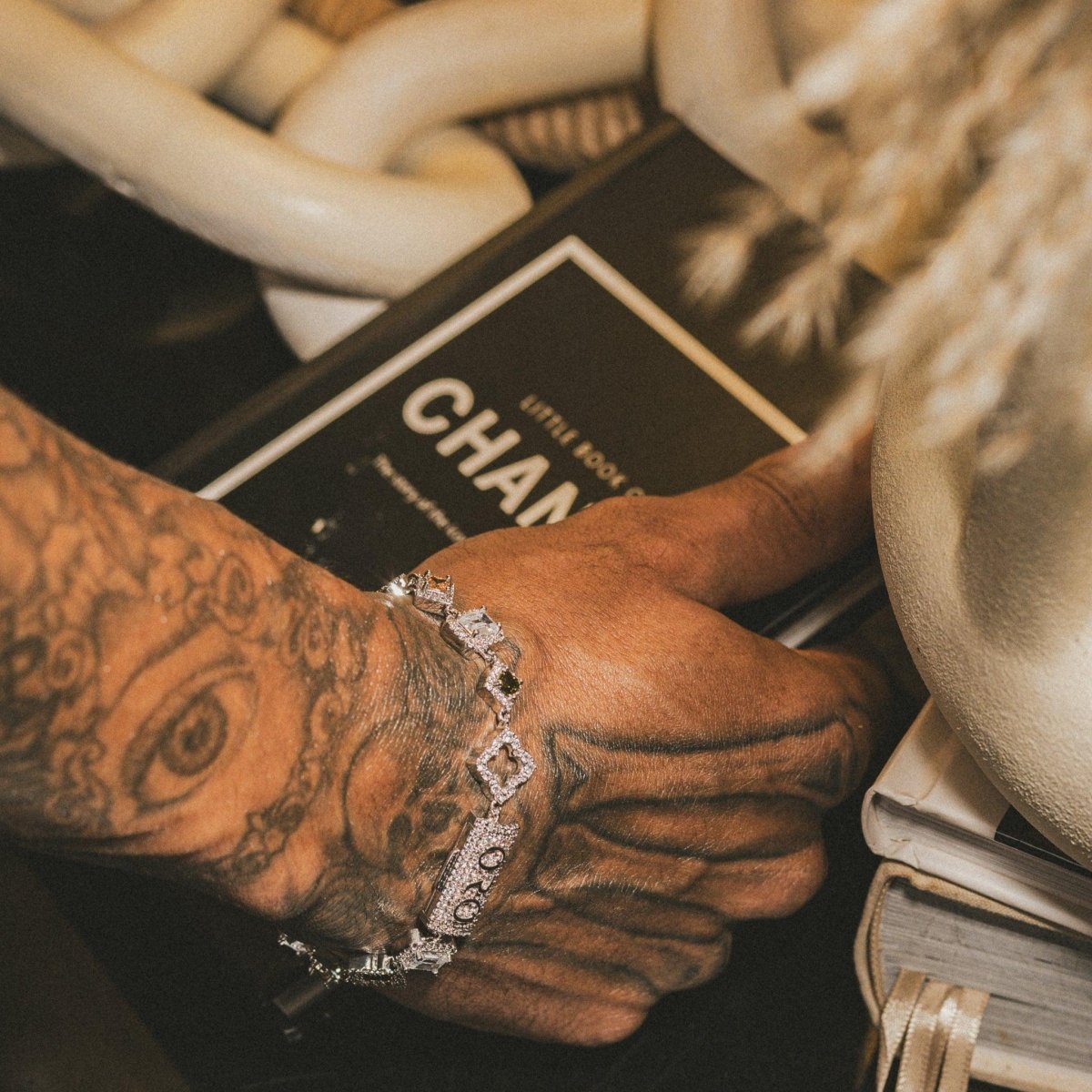
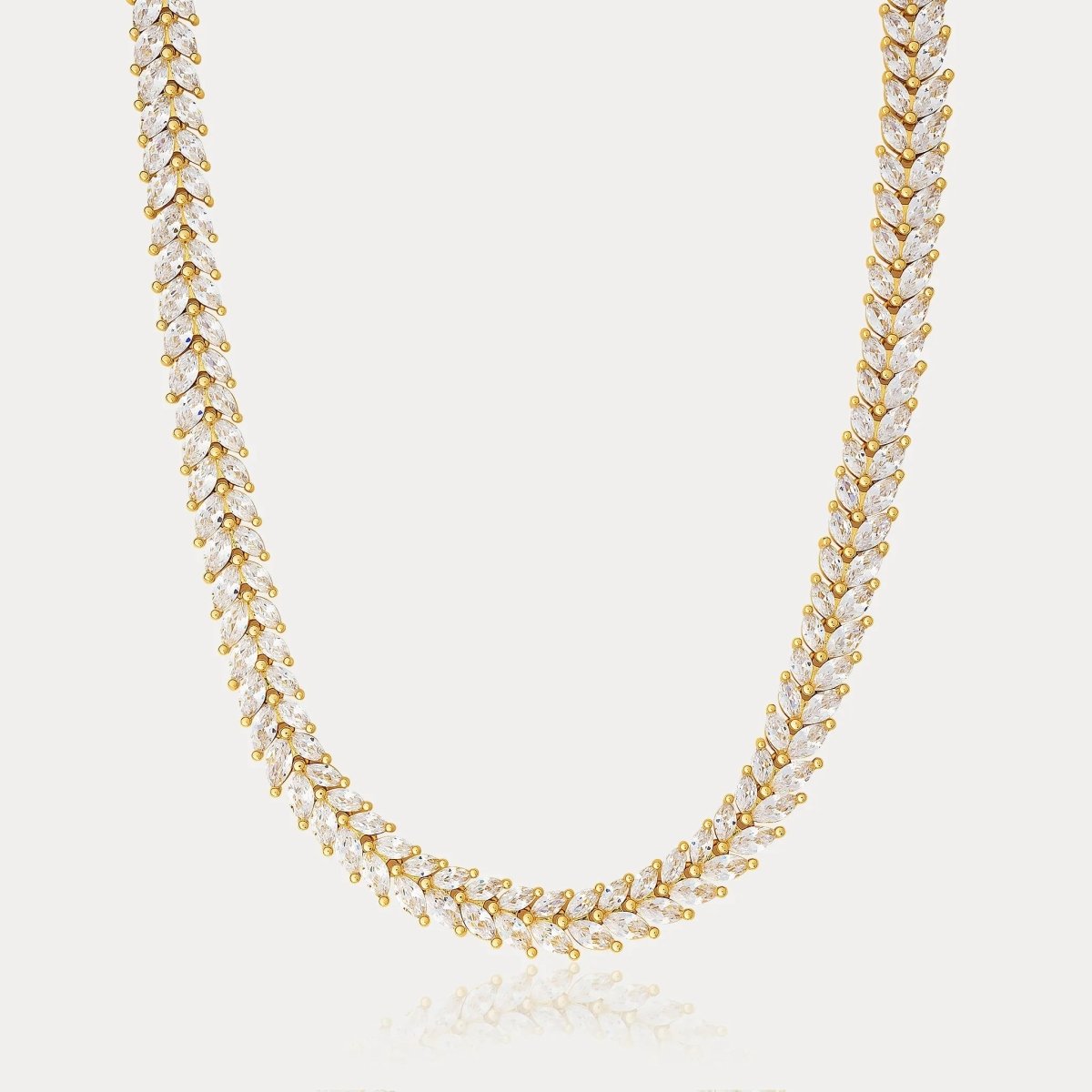
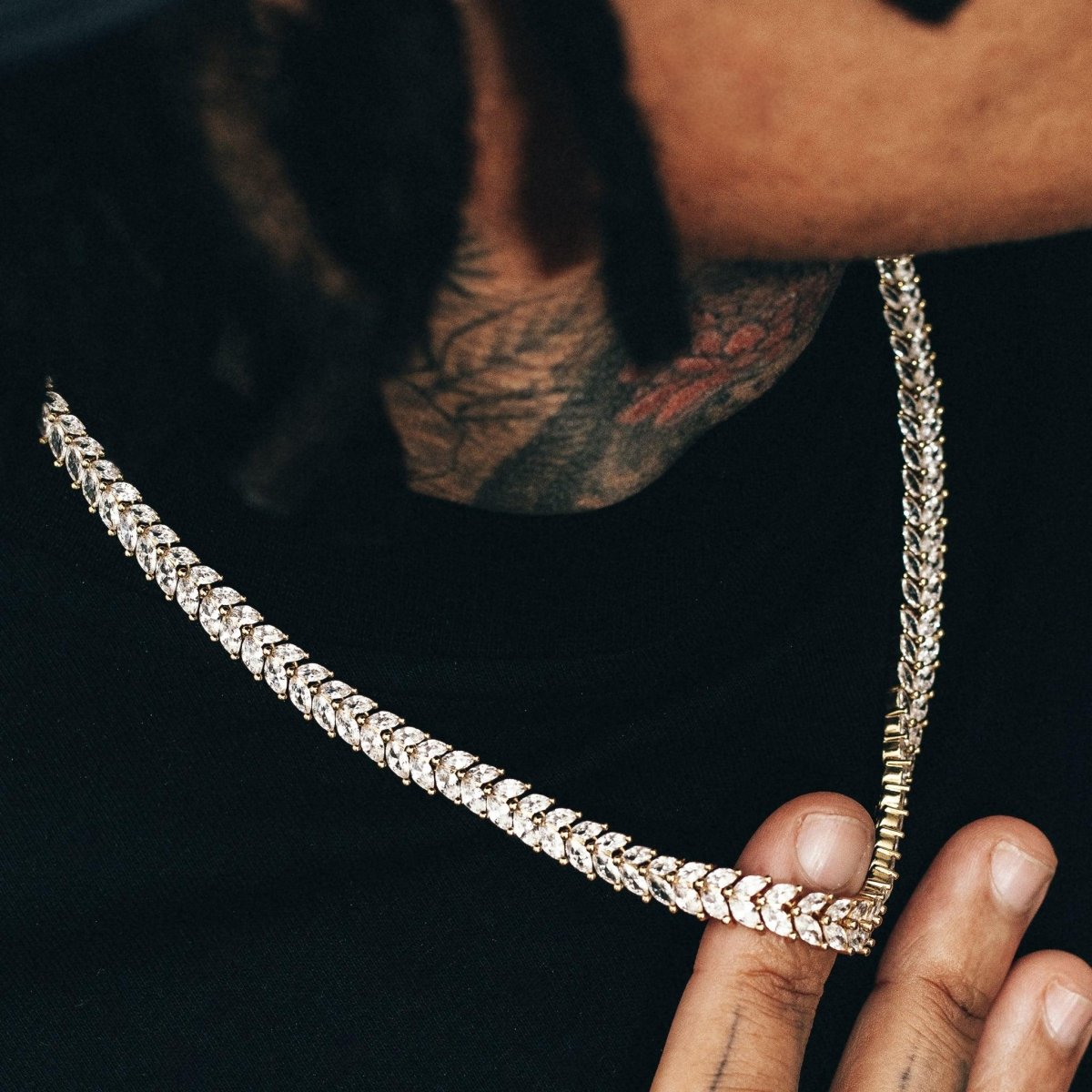
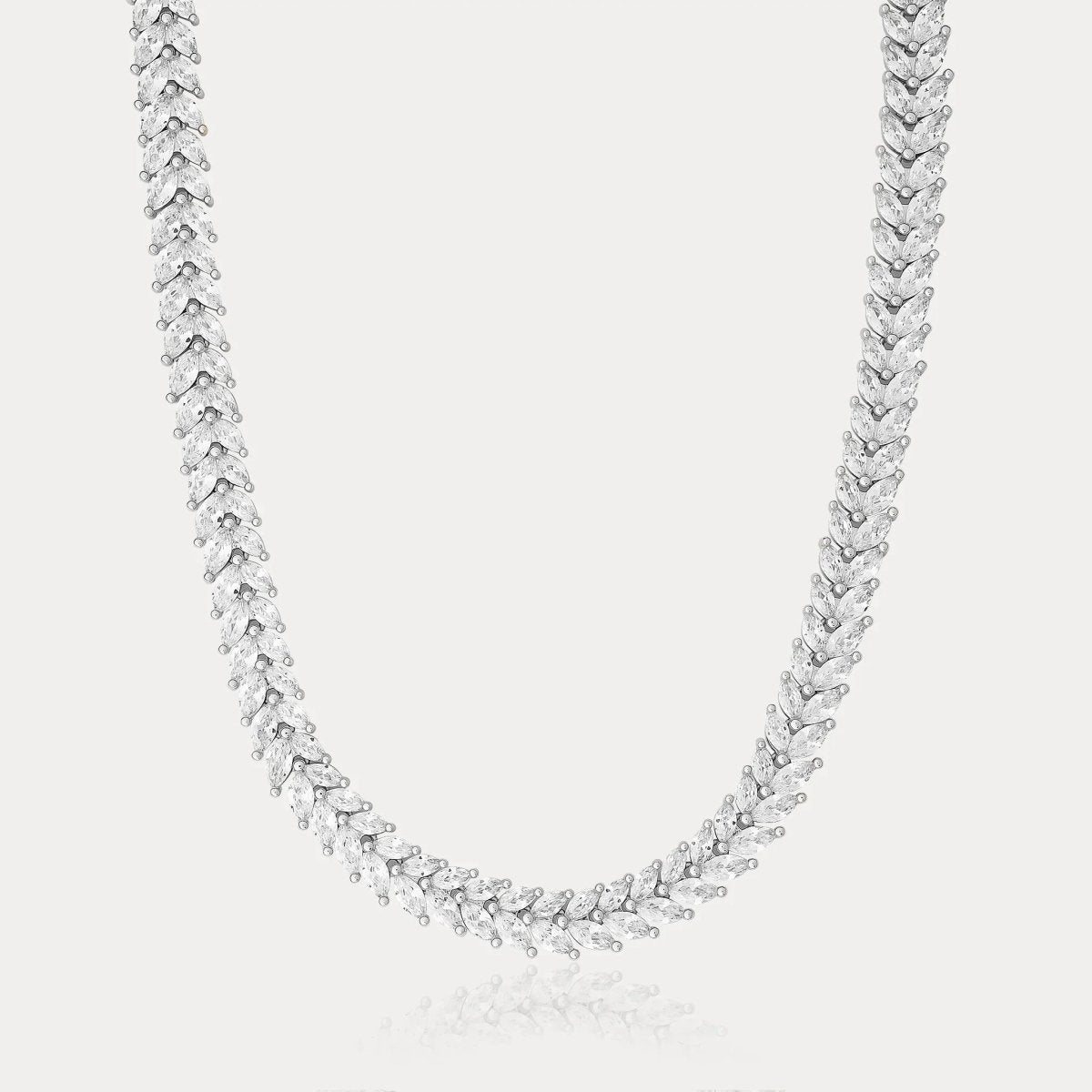

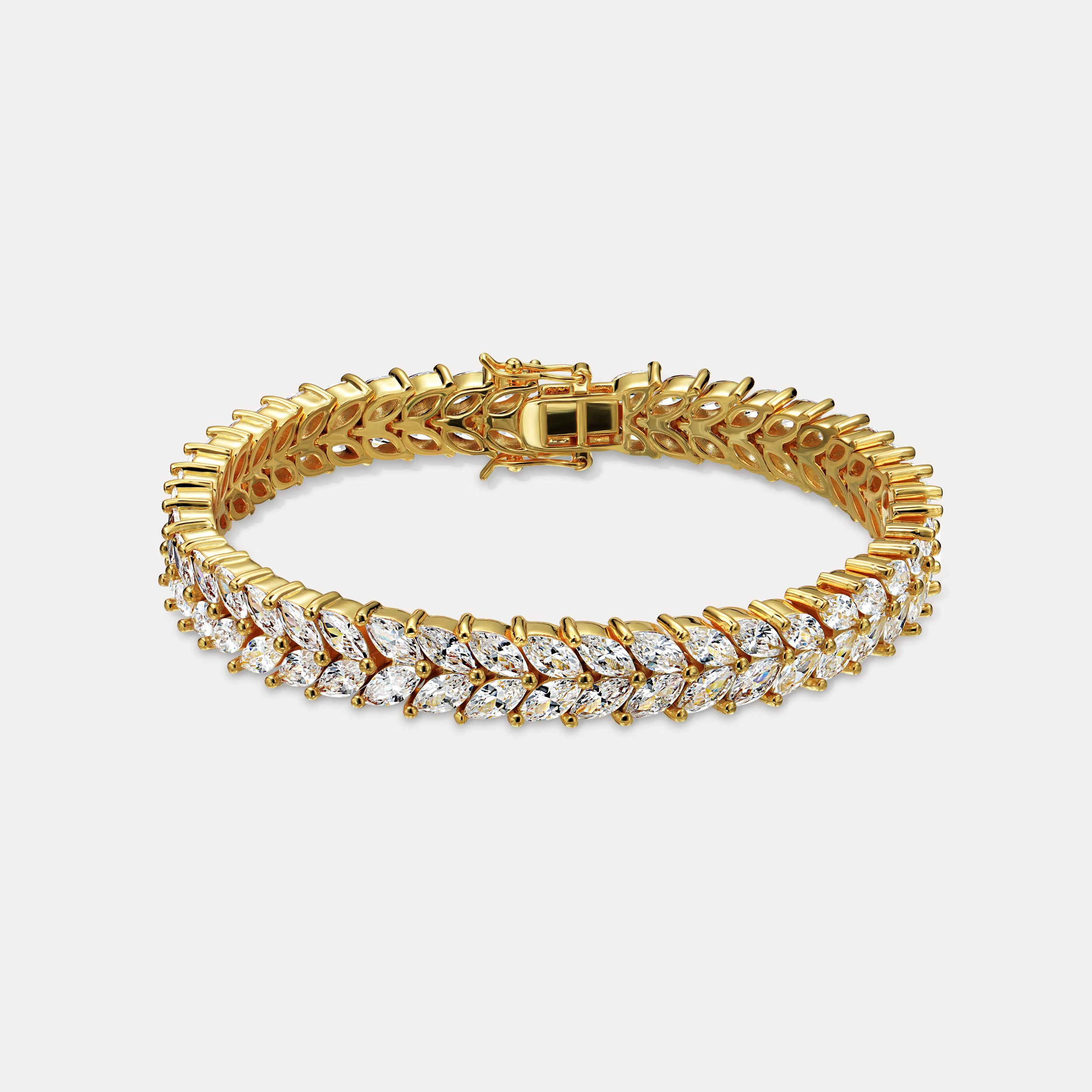

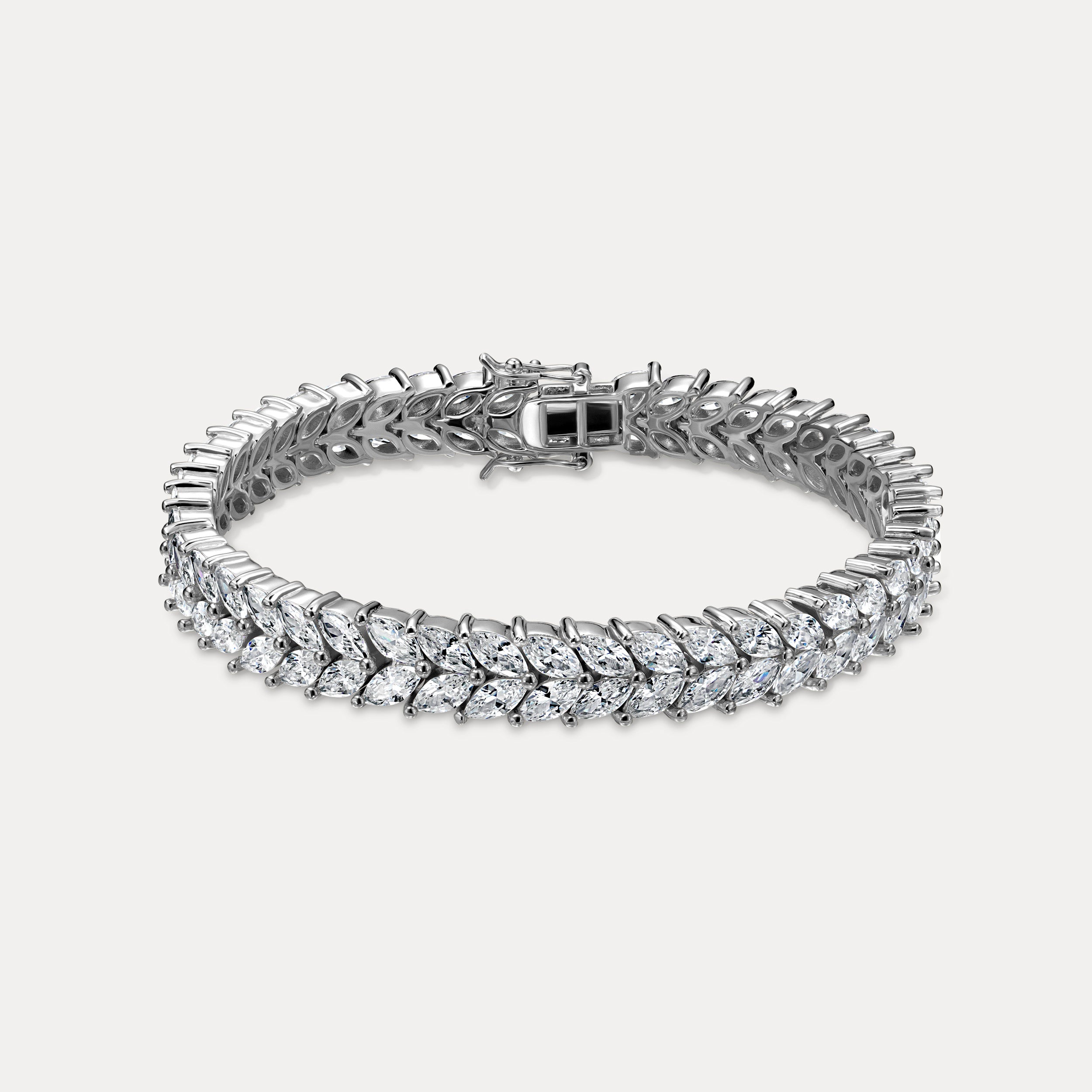

Leave a comment
This site is protected by hCaptcha and the hCaptcha Privacy Policy and Terms of Service apply.